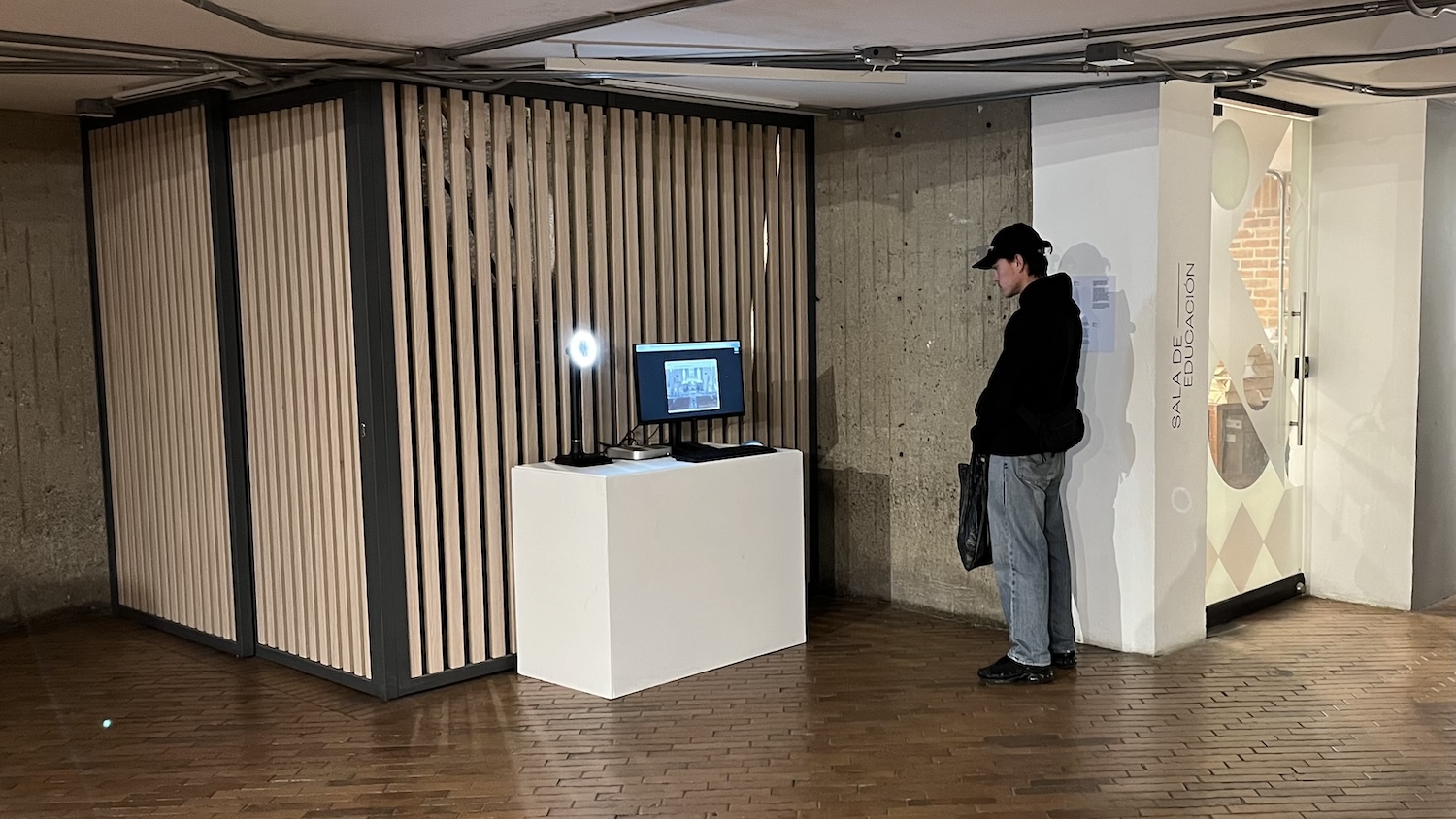Activations and Public Engagement at MAMBO: Federico Reyes
The MAMBO Residencies Programme invites residents to reflect on their research processes and share them with the public through participatory and interactive activities. These activations serve as a bridge between residents’ projects and the museum’s visitors, fostering dialogue and encouraging the exploration of diverse perspectives.
The first activation featured Federico Reyes, the inaugural Curatorial Resident, working in collaboration with Susana Vargas, the mediation team, and the education department. Together, they critically examined strategies for effectively communicating Federico’s research and curatorial practice to a wider audience. This collaboration resulted in approaches that made the conceptual and practical aspects of his work accessible and engaging for all.
On 26 January 2025, from 12:00 PM to 5:00 PM, the Bogotá Museum of Modern Art hosted an interactive activation that brought together Federico, Susana, the mediation team, and members of the public. This event provided a space to critically explore and reflect on conventional approaches to art mediation.
The Residency and “my computer is afraid of dying”
As part of the residency, Federico developed the web-based project my computer is afraid of dying. The project emerged from his research and conceptualisation process for the museum’s current exhibition, Collection on Stage #5: Fetish: Material Conversations, which features 42 works from the MAMBO Collection. The project’s title—a metaphor inspired by Federico’s computer failure on his first day at MAMBO—examines themes such as virtual relationality, artificial intelligence, and the interaction between people and computational technologies. These themes resonate with the exhibition’s broader exploration of materiality and technology.
The residency unfolded in two main phases: research and conceptualisation, followed by creation. During the research phase, Federico collaborated closely with the museum’s curatorial team, contributing to the planning and organisation of Fetish: Material Conversations. His work included analysing artworks from the collection, exploring historical and conceptual relationships between artists and the museum, and identifying additional pieces to enrich the exhibition’s framework. He also co-wrote sections of the curatorial texts, notably for the Animismo/Espiritismo segment.
Impact on Mediation and Public Engagement
A key outcome of the residency was the development of innovative mediation strategies, inspired by Federico’s project. The mediation team, drawing from his work, re-evaluated traditional approaches to audience engagement, embracing more interactive and inclusive methods to connect with diverse visitor groups.
During the activation, visitors were invited to explore Federico’s web project, participate in discussions, and share their reflections on the curatorial process and its relevance to contemporary art and research practices. This open exchange allowed both the public and the museum team to reflect on evolving approaches to museum engagement and the role of research in shaping new strategies for interaction.

Collaboration and the Future of Mediation
Beyond the immediate impact of this activation, the residency highlighted the importance of collaboration within museum spaces. By creating opportunities for residents’ research to inform and inspire mediation practices, we continue to foster meaningful connections between art, audiences, and contemporary cultural discourse.
As museums navigate the challenges of engaging with ever-evolving audiences, initiatives like this underscore the importance of flexibility, dialogue, and experimentation in shaping the future of museum mediation.
Cover photo: MAMBO’s mediation team and Federico’s project.